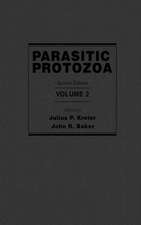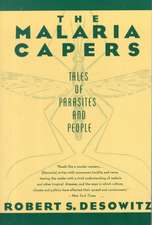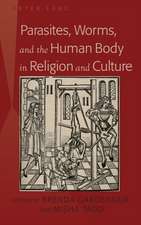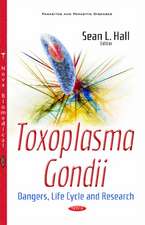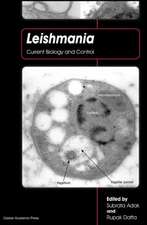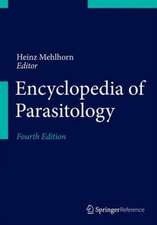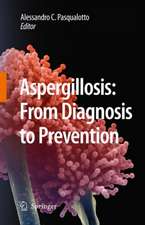The Biology and Identification of the Coccidia (Apicomplexa) of Carnivores of the World
Autor Donald W. Duszynski, Jana Kvicerová, R. Scott Sevilleen Limba Engleză Paperback – 26 iun 2018
- Offers line drawings and photomicrographs of many parasite species that will allow easy diagnosis and identification by both laypersons and professionals (veterinarians, wildlife biologists, etc.)
- Presents a complete historical rendition of all known publications on carnivore coccidia for all carnivore families and evaluates the scientific and scholarly merit of each apicomplexan species relative to the current body of knowledge
- Provides a complete species analysis and their known biology of all coccidia described from each carnivore lineage and species
- Reviews the most current taxonomy of carnivores and their phylogenetic relationships to help assess host-specificity patterns that may be apparent
- Evaluates what little cross-transmission work is available to help understand the complexities of those coccidians that use two hosts (e.g., Sarcocystis, Besnoitia, and others)
- Provides known treatments for the various parasite genera/species
Preț: 605.75 lei
Preț vechi: 757.64 lei
-20% Nou
Puncte Express: 909
Preț estimativ în valută:
115.93€ • 120.11$ • 96.75£
115.93€ • 120.11$ • 96.75£
Carte tipărită la comandă
Livrare economică 14-28 martie
Preluare comenzi: 021 569.72.76
Specificații
ISBN-13: 9780128113493
ISBN-10: 0128113499
Pagini: 315
Dimensiuni: 191 x 235 x 39 mm
Editura: ELSEVIER SCIENCE
ISBN-10: 0128113499
Pagini: 315
Dimensiuni: 191 x 235 x 39 mm
Editura: ELSEVIER SCIENCE
Public țintă
Researchers in biology, parasitology, animal husbandry, diseases of wild and domestic animals, veterinary medicine, faculty members in universities with graduate programs in these areas, colleges of veterinary medicine and agricultures, practicing veterinarians, farmers, students and other individuals involved in 4H (4-H is a youth organization administered by the National Institute of Food and Agriculture of the United States Department of Agriculture (USDA).Could be used in biology, microbiology and parasitology classrooms from high school through graduate school. It also could be used as a text and/or reference book by biologists, wildlife biologists, parasitologists and members of the veterinary profession both as students and in their practices.
Any literate, semi-educated person from high school age on should find it useful it they work with carnivores in any capacity
Cuprins
1. Introduction2. Review Carnivore Evolution3. Eimeriidae in the Caniformia Family Ailuridae4. Eimeriidae in the Caniformia Family Canidae5. Eimeriidae in the Caniformia Family Mephitidae6. Eimeriidae in the Caniformia Family Mustelidae7. Eimeriidae in the Caniformia Family Phocidae8. Eimeriidae in the Caniformia Family Procyonidae9. Eimeriidae in the Caniformia Family Ursidae10. Eimeriidae in the Feliformia Family Felidae11. Eimeriidae in the Feliformia Family Herpestidae12. Eimeriidae in the Feliformia Family Hyaenidae13. Eimeriidae in the Feliformia Family Viverridae14. Adeleidae in the Carnivora15. Sarcocystidae: Sarcocystinae in the Carnivora16. Sarcocystidae: Toxoplasmatinae in the Carnivora17. Cryptosporidiidae in the Carnivora18. Treatment and Drug Therapies in Coccidiosis of Carnivora19. Carnivores without Coccidia and Species Inquirendae 20. Discussion, Summary, and Conclusions



